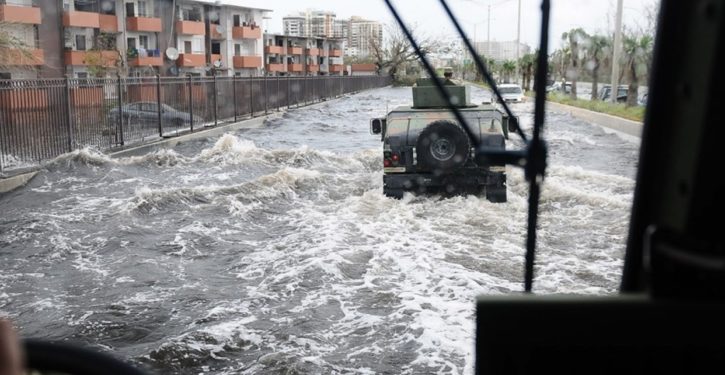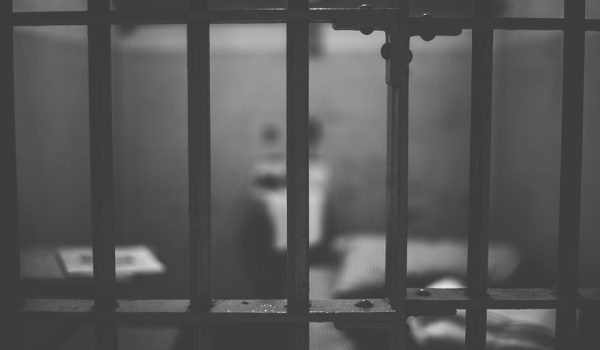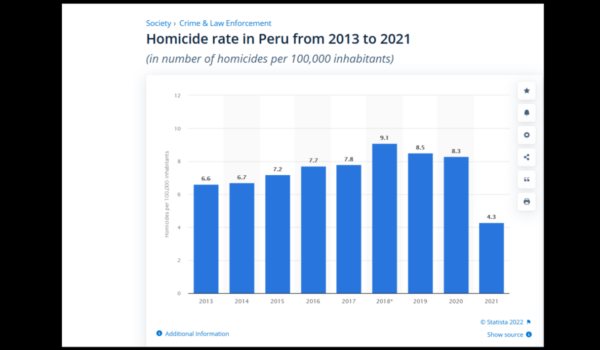
At least 80 people have died since Hurricane Ian struck Florida last week. Officials in Florida’s hard-hit Lee County say at least three dozen people have died there. As of Saturday, at least 71 Floridians had died, according to the Miami Herald. Most drowned. At least four deaths occurred in North Carolina later, and the hurricane earlier killed at least three in Cuba.
Some were swept out to sea, or left marooned on house tops in flooded areas. For example, three people, including a 68-year-old woman, died after they were swept into the Atlantic Ocean by powerful storm surges as Hurricane Ian pummeled Florida’s Volusia County. The elderly woman, who was visiting from Kentucky, was carried into the ocean by the storm surge Thursday as her family ventured out near Ormond Beach to watch as the worst of Hurricane Ian battered Florida’s east coast. She was swept into the water but quickly rescued by her son. The two tried to get off the beach, but a stairway collapsed, sending the woman back into the water, where she died.
FEMA reported that over 1,600 people had been rescued as of Friday. In Florida’s hard-hit Lee County, between 600 and 700 people were rescued on Saturday alone.
“Ian will go down as one of the most damaging and impactful storms in U.S. history, along with 2017’s Hurricane Harvey, which caused $190 billion in total damage and economic loss,” said AccuWeather founder and CEO Joel Myers, who predicted the damages for Ian could reach $210 billion in the United States.
One official in Lee County said deaths could be in the hundreds. “This could be the deadliest hurricane in Florida’s history,” said Joe Biden on September 29. “The numbers are still unclear, but we’re hearing early reports of what may be a substantial loss of life.”
Ian made landfall on Florida’s west coast on September 28 as a Category 4 hurricane. (Category 4 hurricanes are 130-156 mile per hour hurricanes. The worst category of hurricane is a Category 5 hurricane. Hurricane Katrina was only a Category 3 hurricane when it flooded New Orleans in 2003).
Ian moved across Florida to the Atlantic Ocean, and then made its way back out to sea, before once again making landfall as a weaker Category 1 hurricane in South Carolina. As of last night, over a million homes and businesses in Florida were still without power, according to the Associated Press.
President Biden is expected to go to Puerto Rico tomorrow to see the damage there. Two weeks ago, Hurricane Fiona knocked out all power there, for 100% of the Island — a reflection partly of the storm’s force, but mainly of its poorly-maintained energy infrastructure. Island residents faced frequent blackouts, even before the hurricane.



